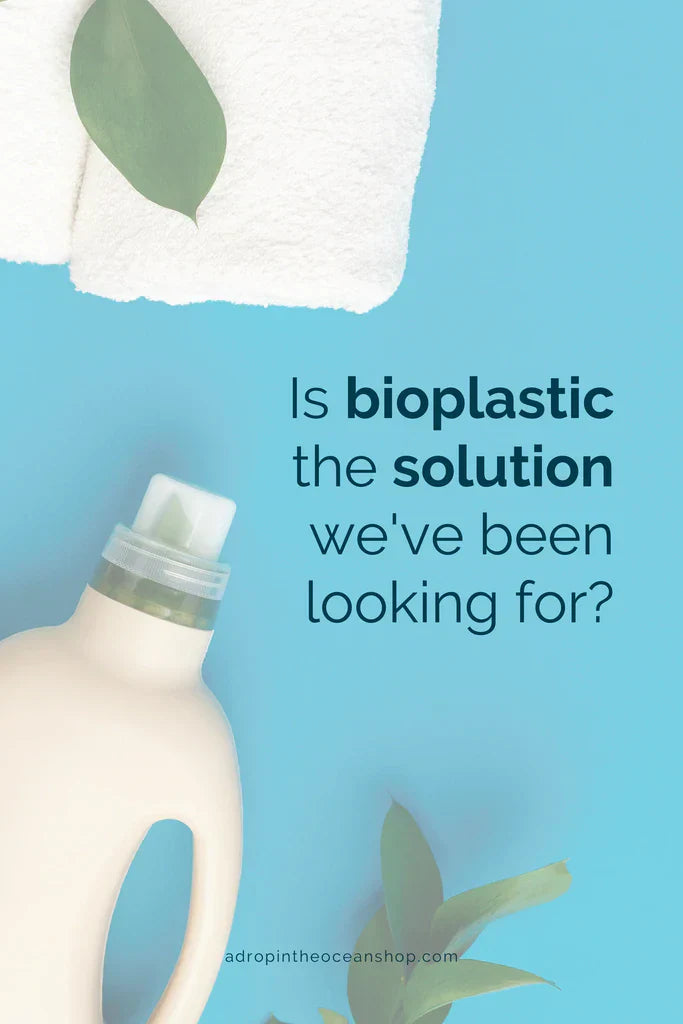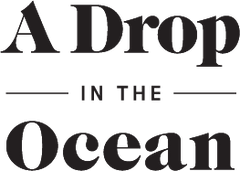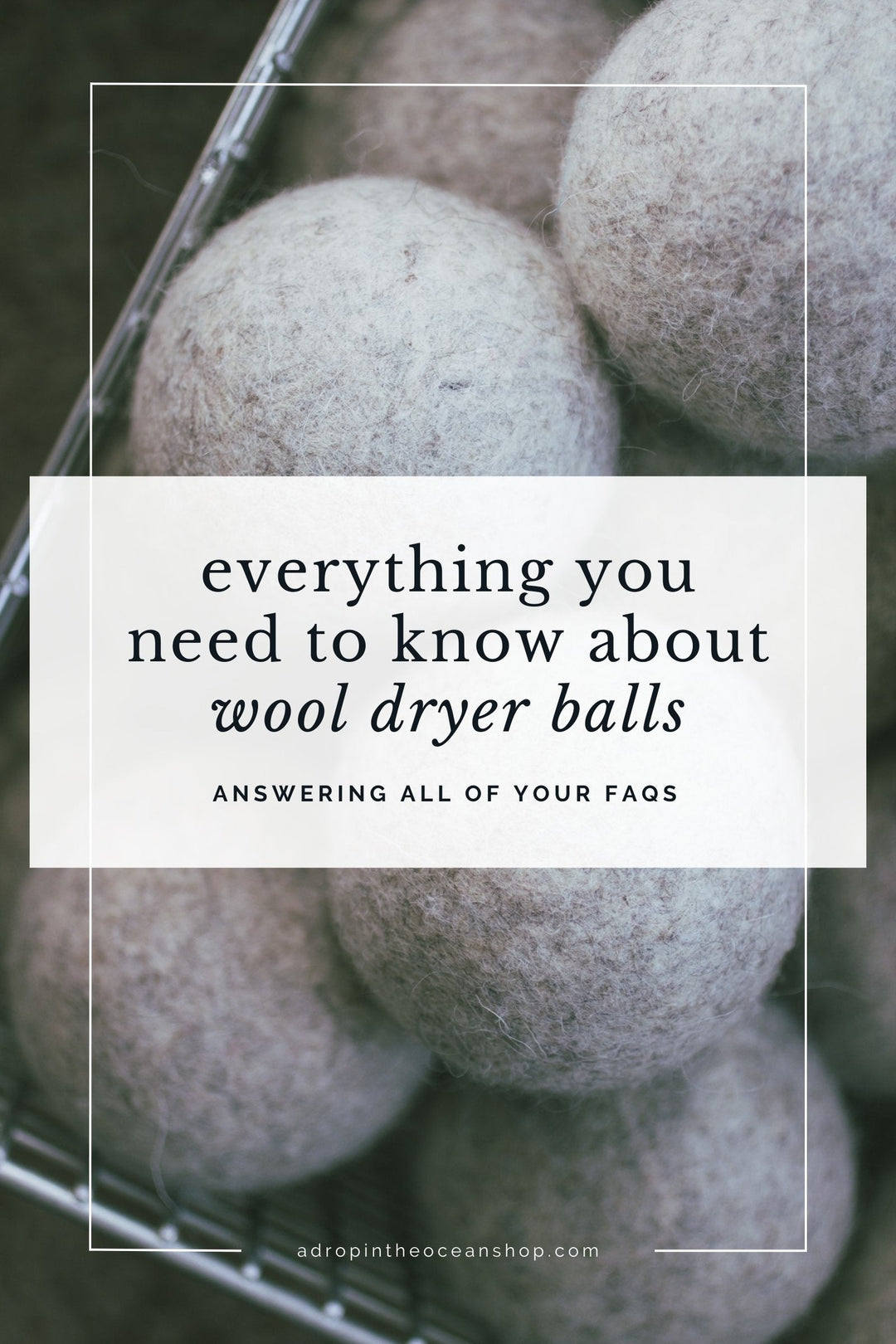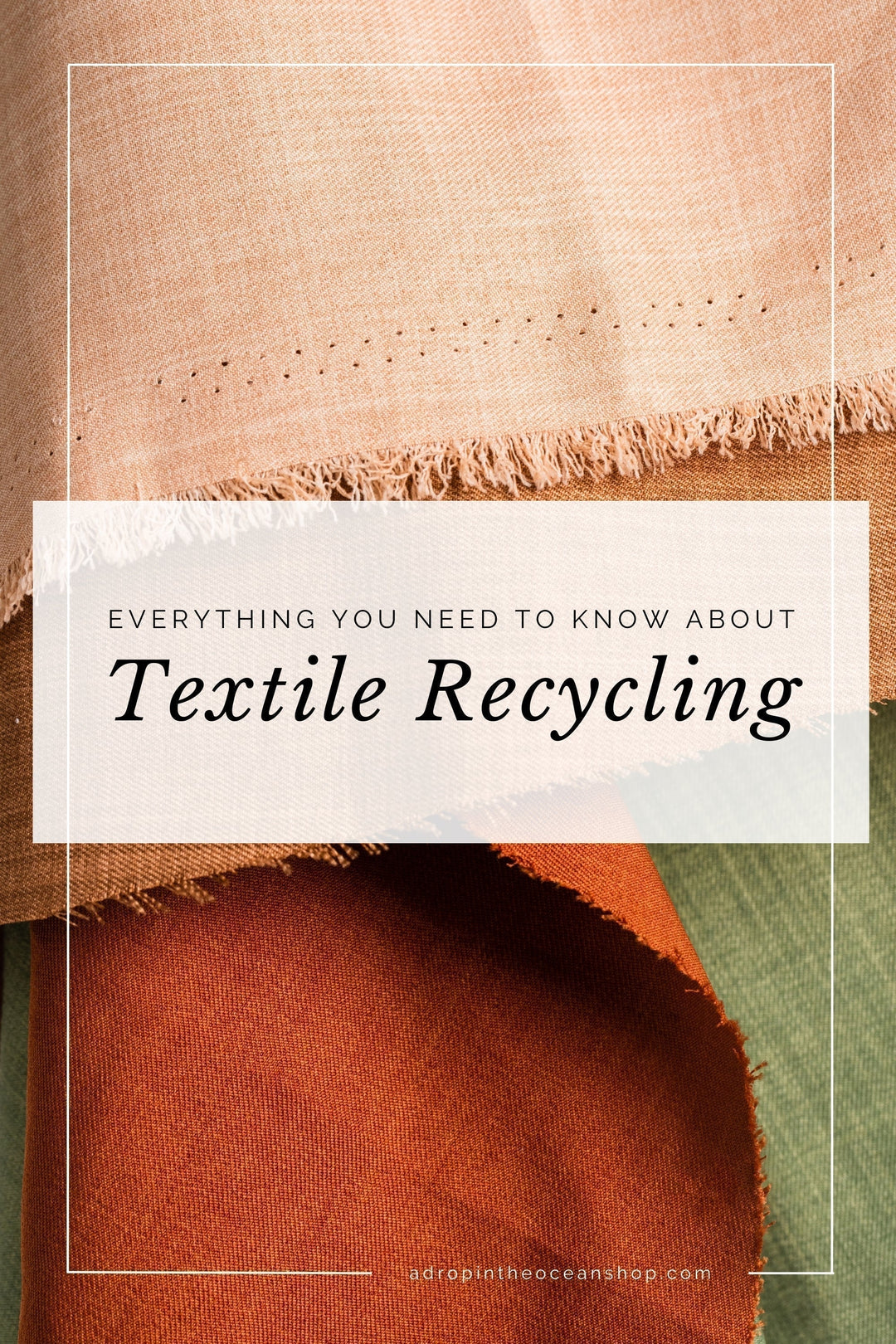Is bioplastic the answer we've been looking for?

Plastic Free July is wrapping up in just a few days, but that doesn’t mean our plastic free journeys should end with it.
You may have heard me mention the term “greenwashing” before. If you’re unfamiliar with what this is, it’s when companies spend more time and money making you think they’re doing something good for the planet than actually doing good for the planet.
Starbucks’ $10M cup campaign is one of my favorite examples of this.
But there’s another, arguably more dangerous, greenwashing campaign that I see so many well-meaning people, organizations, and businesses falling into.
Bioplastics.
Yep, that plastic cup with the pretty green leaf is greenwashing you.
I could go on about this for a looooong time, but I’ll do my best to keep it brief.
Bioplastics are most often PLA, or polylactic acid. Unless under the exact correct conditions, PLA behaves exactly like PET (or polyethylene terephthalate, or Plastic #1, most commonly used for cold liquid cups).
If a PLA cup ends up in the ocean, it’s not going to biodegrade like we think it will. It’s going to do exactly what a PET plastic cup would do - break down into smaller and smaller pieces called microplastics.
If a PLA cup ends up in a landfill, it’s going to do exactly what literally...everything...else...does in a landfill - sit there and not break down.
Because, yes, landfills are intentionally designed to be storage containers, not giant compost bins. Nothing really breaks down in landfills, and when they do they do so anaerobically (without oxygen), and release methane, which is a greenhouse gas 84 times more potent than carbon dioxide.
But that’s a topic for another day…
If a PLA cup ends up in the recycling bin, it can contaminate the entire bale of recycling.
If you missed last week’s blog on how to recycle right, definitely check that guy out too.
And now you’re looking at your screen thinking “Okay, Krystina, then what the actual heck am I supposed to do with these cups?!?!”
Because I’ve been there. And TBH the answer kinda sucks. Hence the greenwashing.
Bioplastic cups (and bioplastic utensils, and bioplastic bags, and all other bioplastic alternatives) only actually biodegrade in an industrial composting facility that accepts bioplastic cups. Many industrial composting facilities don’t even accept bioplastics, because of contamination issues with the resulting compost. Organic composting facilities straight up cannot accept them, otherwise the compost is no longer organic.
Oh and btw, there are no federal regulations on labeling something as “biodegradable” or “compostable.” Some states have their own regulations - Washington state’s regulations just went into effect four weeks ago. So, like, literally any company can slap the word “biodegradable” on anything, and there is nothing that says they can’t.
Get this. I’ve even seen pet waste bags that are bright green, with a brand name touting how eco-friendly their bags are, but with ZERO certification that the bags are biodegradable AT ALL, and they even brag in their product description about how thick the bags are...aka they’re extra-thick, completely not biodegradable, regular plastic bags that are rated as THE NUMBER 1 TOP SELLER on Amazon when you search “eco-friendly pet waste bags.” I can’t even with this whole new level of greenwashing.
Okay, sorry, I got slightly off topic here….
There’s only one third-party certification that is widely trusted, and that’s from the Biodegradable Products Institute (BPI). If you see their certification on a bioplastic, you know it’s actually certified compostable, but, again, unless you have access to an industrial composting facility that you know for sure accepts that specific brand and type of bioplastic, that cup (or whatever you’re tossing) is destined for landfill.
So...in summary, friend, bioplastic isn’t as green as we’ve been led to believe.
Could it be a viable alternative in the future? Sure. But technology at all steps of the process - cradle to grave - must improve dramatically to get us there. And federal regulations need to step up to hold companies accountable so these terms are only used on products they actually apply to.
In the meantime, carry a reusable water bottle. When the world comes out of a deadly pandemic, BYO mason jar for your morning frappuccino. Toss a set of lightweight utensils in your car, in your backpack, in your purse, wherever you need them so you’re always ready with reusables instead of disposables.
Because if your sink is overflowing, you don’t first reach for a mop. You turn off the faucet. It’s the same with plastics. Let’s turn off the faucet.
Related:
How sustainable (and ethical) is Blueland?









Leave a comment